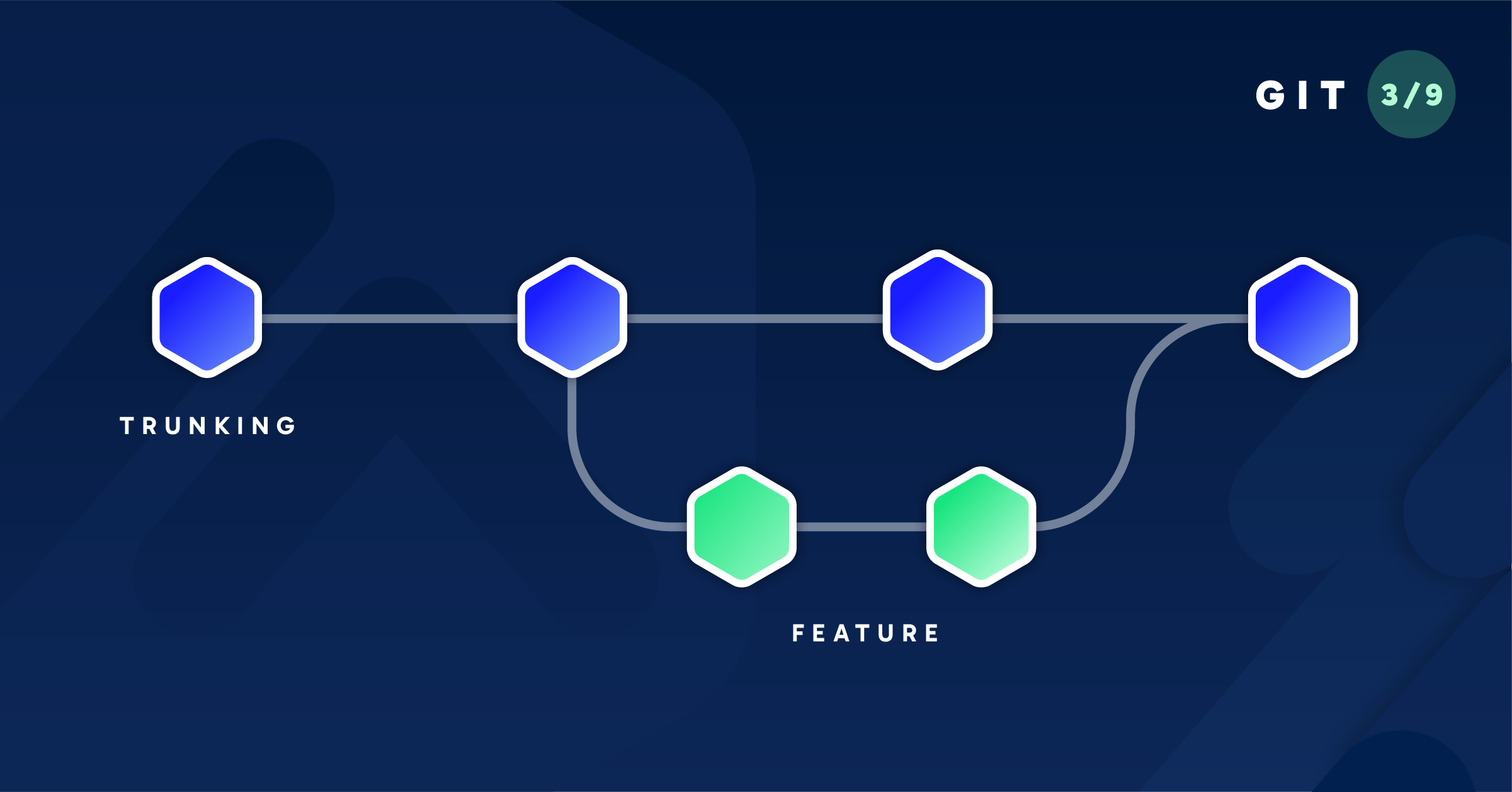- Blog
- 04.17.2024
- Technically Speaking, Data Productivity Cloud 101
Mastering Git at Matillion. Exploring Common Branching Strategies

Welcome back to our Git series, where we continue exploring the intricacies of version control. In our previous installments, we delved into the fundamentals of Git, from its core concepts to the power of branching. Now, we venture into the realm of common branching strategies essential for managing projects of all scales and complexities.
Git-Flow: A Structured Approach
Git-Flow is a robust branching model designed to streamline the development workflow. This strategy revolves around two main branches: main (or master) and develop (or dev). The main branch serves as the stable production-ready codebase, while the develop branch acts as the staging area for new features.
Engineers create feature branches off the develop branch, where they implement and test new functionality. Once features are complete and engineers are happy with their implementation, the feature branch is merged back into the develop branch for integration testing. Periodically, releases are branched off from the develop branch for final testing and deployment, then merged back into the main branch once this process is complete. Git-Flow provides a structured framework for collaboration, ensuring a smooth and organized development process. This is particularly useful for teams working asynchronously, e.g., teams spread across time zones or a large, distributed team that can’t always discuss changes together.
Trunk Based Development: Embracing Simplicity
Trunk Based Development takes a minimalist approach to branching, using a single, shared trunk or main branch. All development, including new features, bug fixes, and experiments, is done directly on the trunk branch. This streamlined approach encourages continuous integration and frequent deployments, reducing the overhead associated with managing multiple branches. While Trunk-Based Development may lack the formal structure of Git-Flow, its simplicity promotes agility and rapid iteration, making it ideal for projects with fast-paced development cycles and small teams working synchronously.
Other Popular Strategies
In addition to Git-Flow and Trunk-Based Development, several other branching strategies are commonly used in Git workflows. Feature Branching, where each feature or task is developed on its own branch before being merged into the main codebase, provides a flexible and scalable approach for teams working on diverse features. Release Branching, similar to Git Flow, involves creating a separate branch for each release to facilitate final testing and bug fixes.
Selecting the right branching strategy for your team is crucial for effectively managing codebases and facilitating collaboration within development teams. Whether you prefer the structured approach of Git-Flow, the simplicity of Trunk Based Development, or a customized hybrid model, Git offers a versatile toolkit for navigating the complexities of version control. By understanding and implementing common branching strategies, engineers can optimize workflows, accelerate development cycles, and deliver high-quality software with confidence.
Keep an eye out for our next blog, where we'll explore the merging process in Git and uncover best practices for seamlessly integrating your and your colleagues’ changes. Until then, happy branching and Git Good with the Data Productivity Cloud!

Bryns Jones
Senior Engineering Manager
Bryns Jones is a Senior Engineering Manager working with the DataOps team at Matillion
Featured Resources
Data Productivity Cloud Now Offering Stronger Integrations For Databricks Users
Matillions Data Productivity Cloud on Databricks empowers data teams built around Databricks to be more productive and ...
BlogWhat Are Feature Flags?
Feature flags are a software development tool that has the capability to control the visibility of any particular feature. ...
BlogHow Your Data Teams Can Do More With Marketing Analytics
Improve your marketing analytics with Matillion Data Productivity Cloud that enables businesses to centralize and integrate ...
Share: